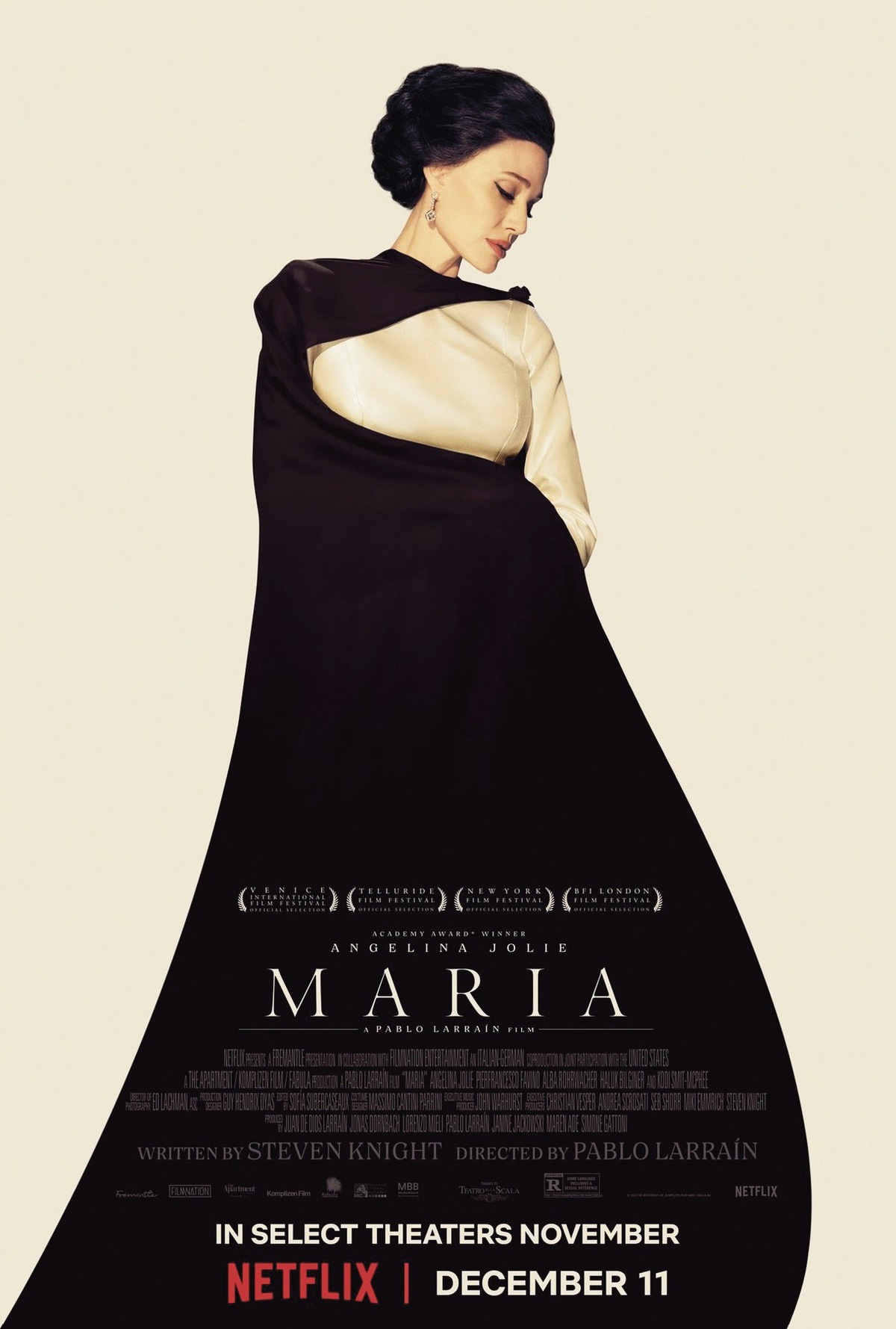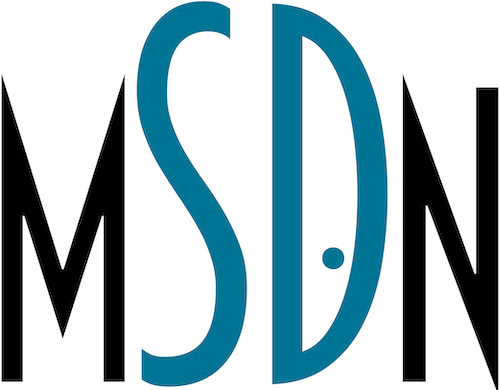There is one movie that everyone has been talking about in terms of awards buzz and it is not Emilia Perez. The Substance is the second feature from French director Coralie Fargeat, following 2017’s Revenge. Already she has a style all her own, here telling a more gnarly version of a Twilight Zone episode. Demi Moore plays Elizabeth; an actress turned fitness show host that, at least in Hollywood terms, is past her prime. It is crazy to think in this day and age that anyone that looks like Moore is also-ran. Attitudes have changed in the greater public, but not with network producers.

During a lunch with her (plays with campy gusto by Dennis Quaid), fisheye lens and tight close-ups bring every pore and age line on the actor. Elizabeth sits stunned at the insinuation, her firing punctuated by a fly that dies in her glass of wine. Immediately after, she’s in the hospital for something I will not go into. There she meets a young orderly who passes a USB drive with a video for her supposed salvation; a vague solution that, when taken, will create a new younger version of herself. After procuring a package the necessary materials, she goes home to inject herself and the horror begins.
Fargeat’s use of low angles and clean, sterile environments adds tension. Even knowing what is to come doesn’t prepare you for the visceral sights she conjures. In fact, it is the quieter moments in the first two thirds which affected me the most. Which is why it is sad to inform that the climax felt like more of a let-down than I had hoped. As always, mistakes are made and instructions are ignored by both Elizabeth and her double Sue (played by Margaret Qualley). However, the Kubrickian sets and Cronenberg-style prosthetics give way to an ending that feels more putrid and less profound.
From the glittery excess of Hollywood to Paris circa 1977 where we encounter a real celebrity, Maria Callas. Pablo Larrain’s final film in his Famous Women trilogy, Maria is the brainchild of screenwriter Steven Knight. Knight wrote the pervious entry, 2021’s Spencer about a fateful holiday weekend in Princess Diana’s life. Here we still have house-staff close to our subject, but in some ways this has more in common with Larrain’s first foray 2016’s Jackie. An intersecting through-line comes up when Callas and JFK meet in a hotel bar to discuss the philandering of their respective spouses.
This film is not an absolute truth. It’s a visual biography, prone to narrative structure that a real life doesn’t adhere to. But that isn’t a bad thing. Her final days are presented as a guided tour, hitting the major points along the way as Angelina Jolie as La Divina walks the streets soaked in golden hour lighting. Fantasy sequences of opera choruses and theater productions follow La Callas, all aided by the quaaludes she takes. In fact, she imagines an interviewer named Mandrax, in a nod to Jackie being interviewed for real. Callas gives an account of her life as he walks to a theater to practice on the voice she had lost.
Jolie hasn’t been in the limelight for some time, but this part shows us why she deserves more attention. In press releases, the marketing team gushed about her learning to sing. I don’t know if I completely buy that. In lieu of that, she painstakingly worked on face acting and lip-syncing to create a powerful illusion. This reminded me of another Netflix produced film of a classical artist. But whereas Bradley Cooper’s Maestro faltered, Maria triumphs. Due in part to very light coverage, it is sad to see this movie fall through the cracks. The film concludes on footage of the real Callas, which is a first for Larrain showing deep devotion to his subject. I hope you all can show yours as well.



